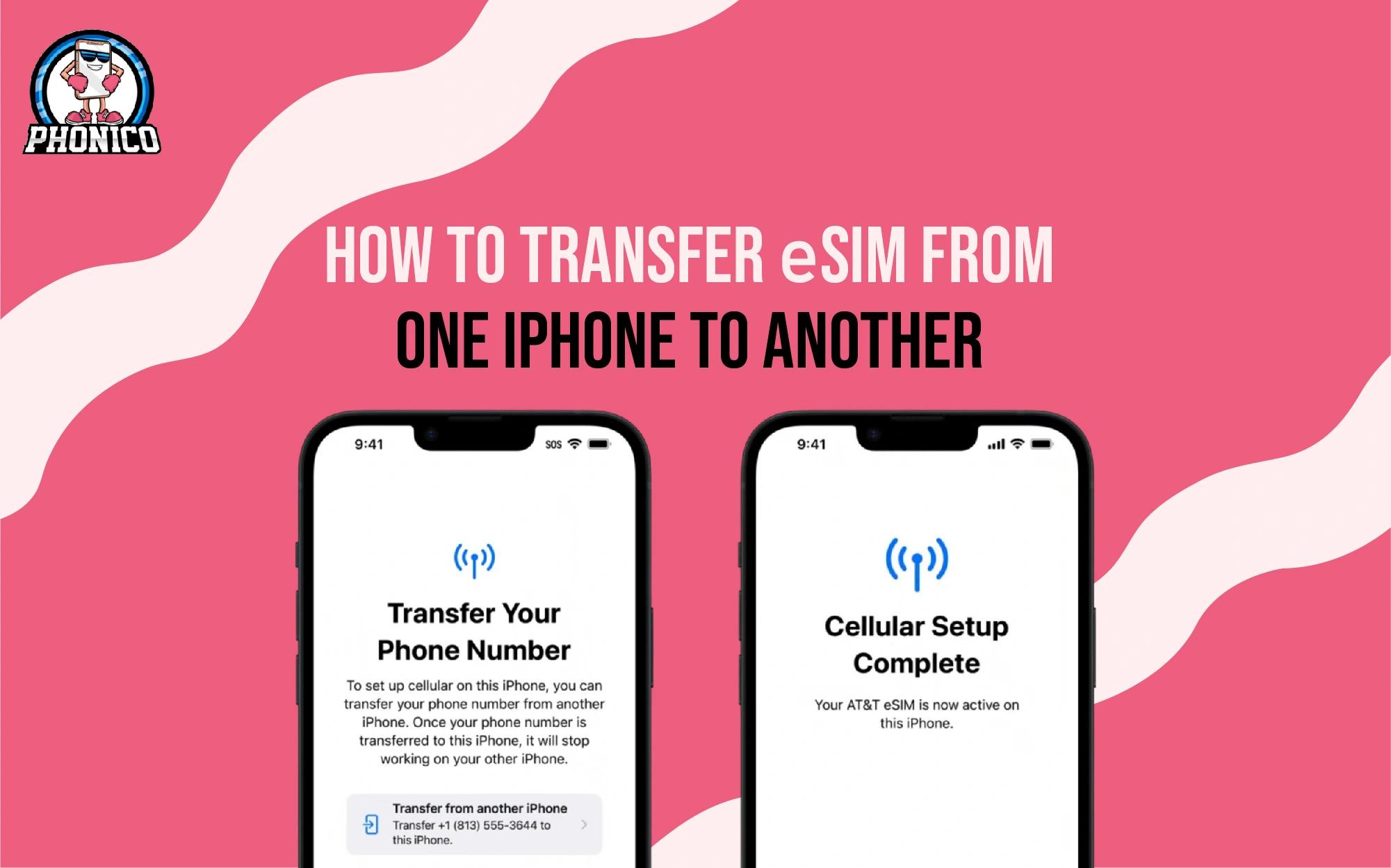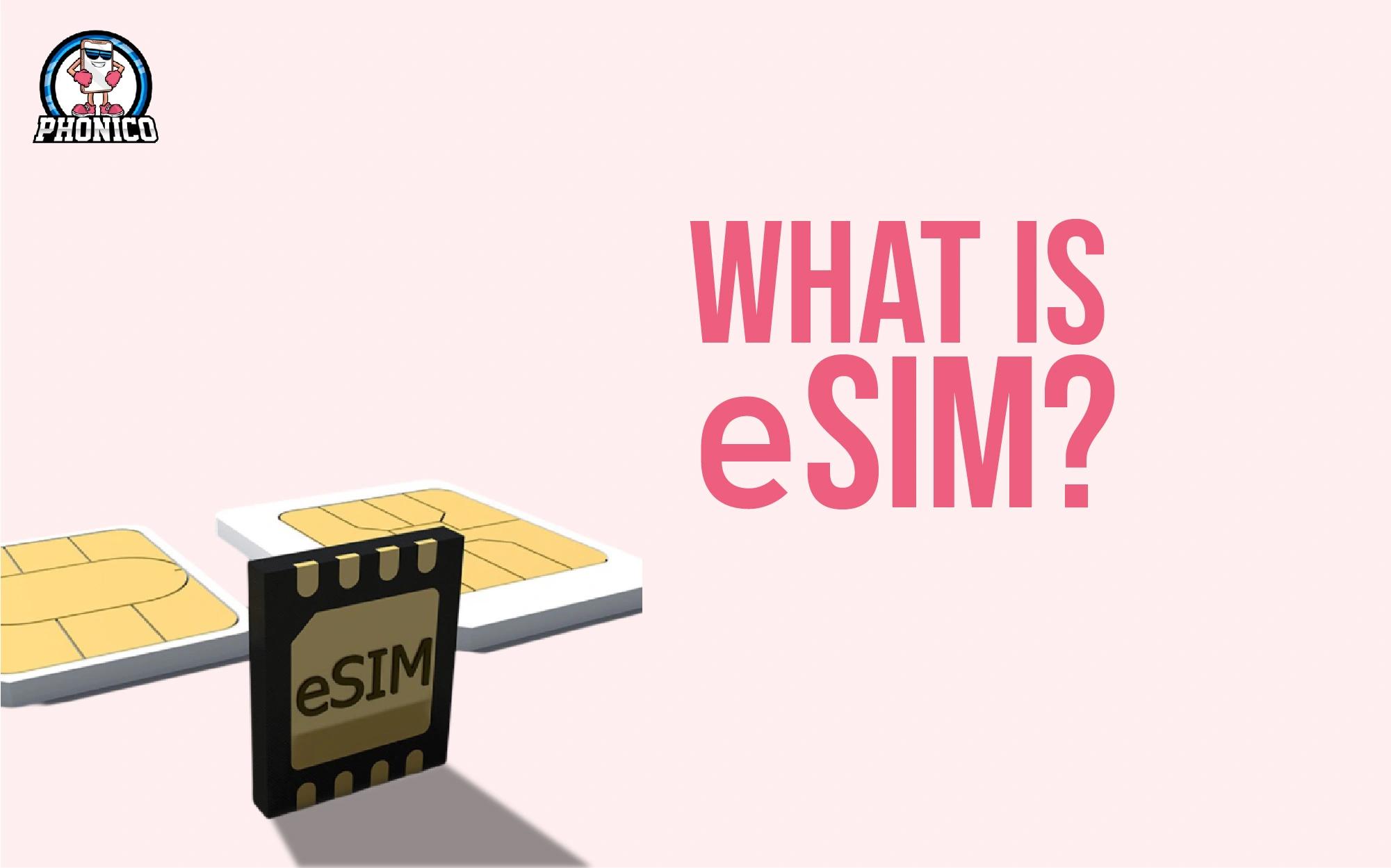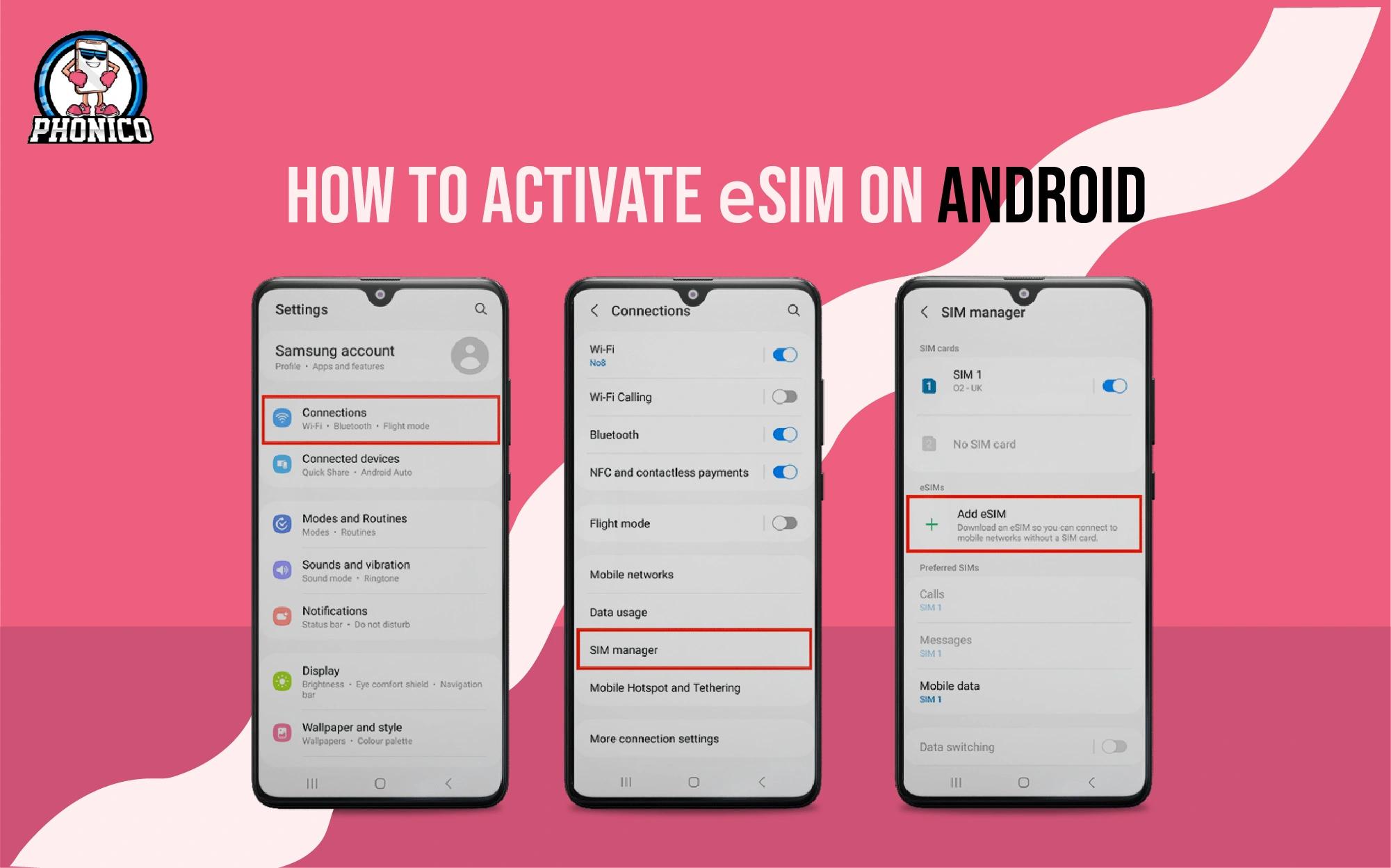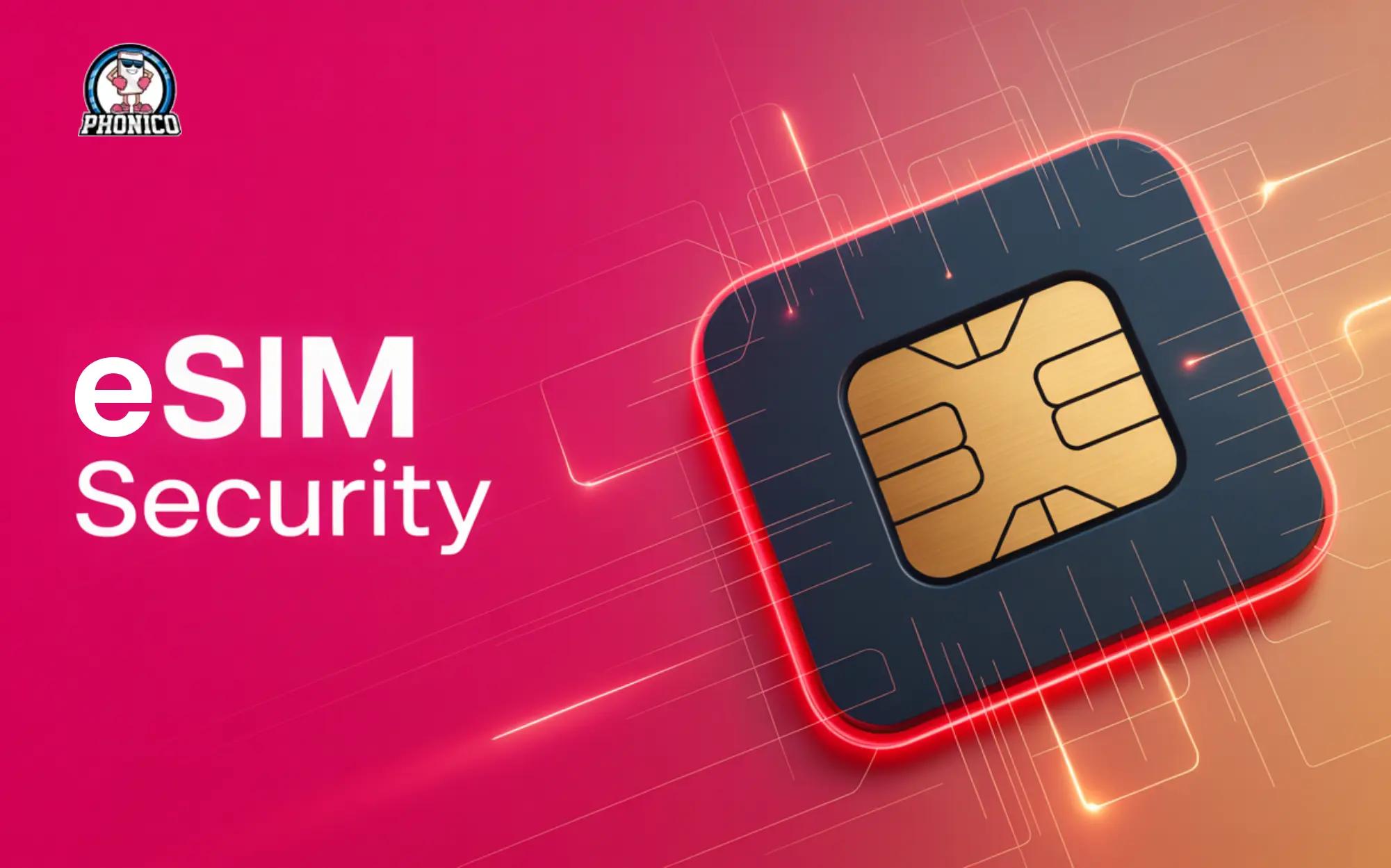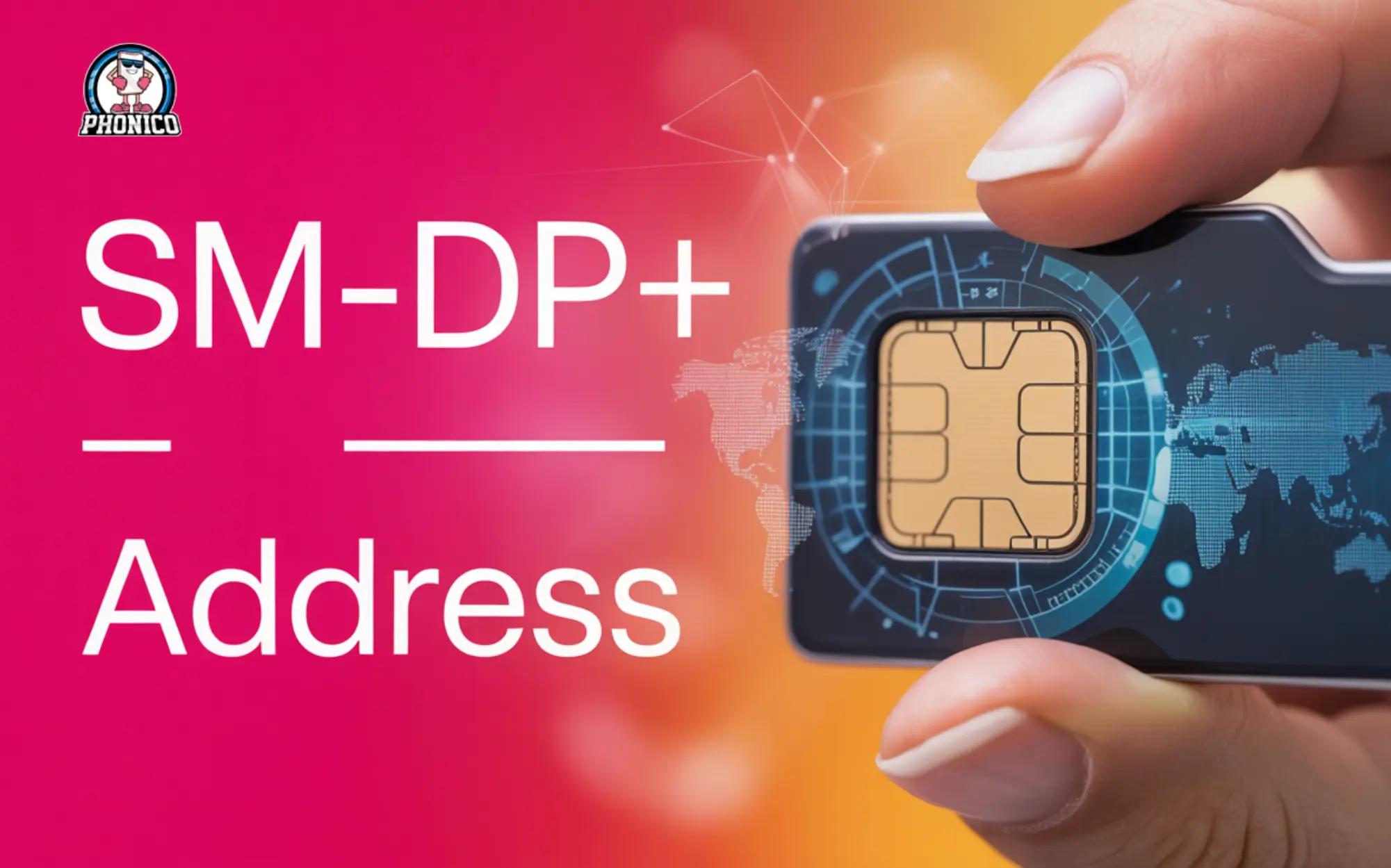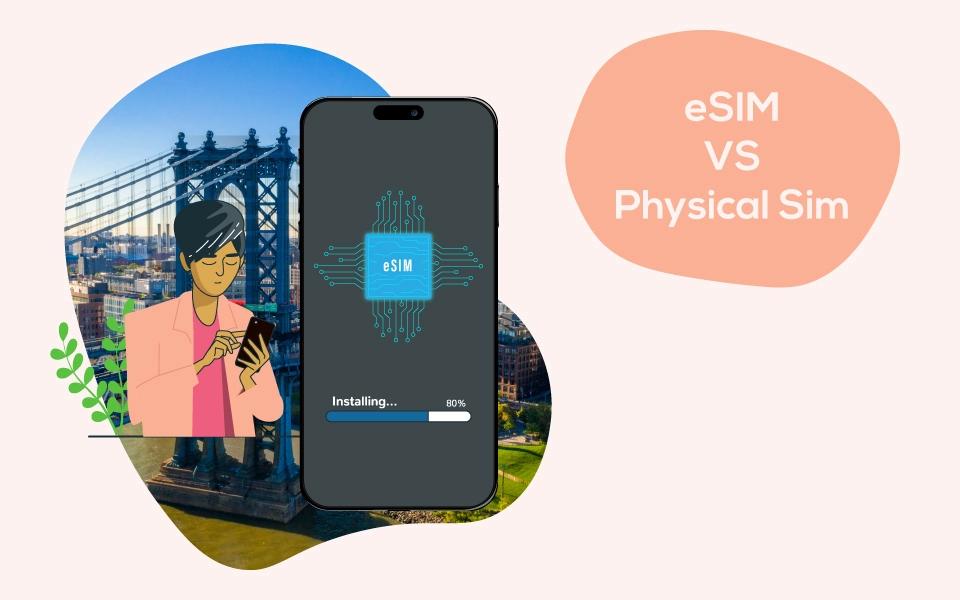
Difference Between eSIM and rSIM: A Simple Understanding!
The communication of the present century is progressing at lightning speed, generating multiple means to choose from. eSIMs, or Embedded SIMs, are considered to be the most advanced, while there are also rSIMs, or resilient SIMs, in the market. So, which one should you choose?
Some users like comfort and a more manageable approach to using technology, while others prefer cheap yet useable technology. The same is true of eSIM and rSIM. So, in this blog, Let’s find out which one is best for you!
What is an eSIM?
Embedded SIM, Electronic SIM, or eSIM is a digital version of a Physical SIM card with a built-in device feature. The idea is to provide a convenient and hassle-free experience for users. You don’t need to swap SIM cards when you have an active eSIM. They are remotely active and switch between networks when you travel to different locations.
Key Features of eSIM
- Built-in Technology - It’s a device feature that doesn't require a SIM slot.
- Multiple Network Profile - You can save multiple profiles and switch to them by tapping.
- Remote Activation - No need to visit the carrier franchise. You can activate eSIM remotely.
- Enhanced Security - Modern security measures reduce the chance of SIM theft or damage.
- Supports Dual SIM Functionality - If your device is dual SIM-supported, you can use one eSIM and one regular SIM.
Limitations of eSIM
- Limited Device Compatibility - Not all Android or Apple devices have eSIM features.
- Carrier Restrictions - Not all carrier networks offer eSIM activation or support.
- Complex Setup for Some Users - Some people find eSIM activation difficult because they don't know how to Scan the QR code or use an app to activate it.
What is an rSIM?
Revolutionary SIM, Resilient SIM, Remote SIM, or rSIM, known by different names, is a SIM unlocking tool. It's a 0.2 mm ultra-thin chip that is inserted into the SIM slot with your regular SIM card. The reason for using rSIM is that phones are locked. Inserting rSIM with any physical SIM card lets users switch between carriers without unlocking their phones.
Key Features of rSIM
- Works on Locked Devices - rSIM helps bypass carrier locks on SIM-restricted phones.
- Temporary Network Unlocking - While it's for the short term, rSIM is a solution for users who want to switch carriers.
- Affordable Alternative - Factory unlocking phones may cost you a fortune, and rSIM is a budget-friendly option.
- Supports Most SIM Cards - rSIM works with standard nano-SIM cards.
Limitations of rSIM
- Not Permanent - Using rSIM for unlocking phones is not a permanent deal for you. Once your device is updated, it will get locked again.
- Risk of Malfunction - A software update can halt rSIM functionality.
- Requires Manual Installation - You must physically install rSIM into the SIM slot with a nano-SIM card.
Difference Between eSIM and rSIM
Let’s compare both SIMs in terms of features to understand which is best for you quickly:
eSIM:
Technology: Digital, embedded in a device.
Functionality: Allows remote carrier switching.
Device Compatibility: Limited to eSIM-supported devices.
Security: High: no risk of physical damage.
Ease of Use: Easy activation via QR code or app.
Best For: Travelers, frequent SIM switchers, modern devices.
rSIM
Technology: A physical chip placed with a SIM card.
Functionality: Temporary unlocking of locked phones.
Device Compatibility: Works on most SIM-locked devices.
Security: Can be damaged or lost.
Ease of Use: Requires manual insertion and setup.
Best For: Users with locked phones needing temporary access.
Which One Should You Choose?
Now you know the difference between eSIM and rSIM, and choosing between them depends upon your needs.
Go for eSIM If:
- Your device is compatible with eSIM, such as iPhone, Android, Smartwatches, etc.
- You are a frequent traveler who needs connectivity all the time.
- You fear SIM theft and are looking for a more secure option.
- You are easy with the activation method and want to stay in your comfort zone.
Go for rSIM If:
- You have a carrier-locked phone and want to switch to other networks.
- You are looking for a cheap solution to unlock your phone temporarily.
- You have a physical SIM card and want to unlock additional carrier options.
Conclusion
There are pros and cons of every technical invention. It all depends what a user find beneficial for him. Whether its eSIM for travelers or rSIM for budget-friendly guys, everyone has their own reasons.
If you are travelling and looking for flexibility, go for eSIM. But If you own a carrier-locked phone and don't want to waste any money on it, go for rSIM solution. Check your device compatibility and Buy a Phonico eSIM now!
FAQs
Can I use both eSIM and rSIM on the same phone?
Yes, if your phone supports dual SIM functionality, you can use both SIMs.
Does rSIM work on all iPhones?
rSIM works on many carrier-locked iPhones but depends on the iOS version and carrier restrictions.
Will using rSIM void my phone’s warranty?
No, generally, using rSIM does not void a phone warranty, but some manufacturers consider it an unauthorized modification.
